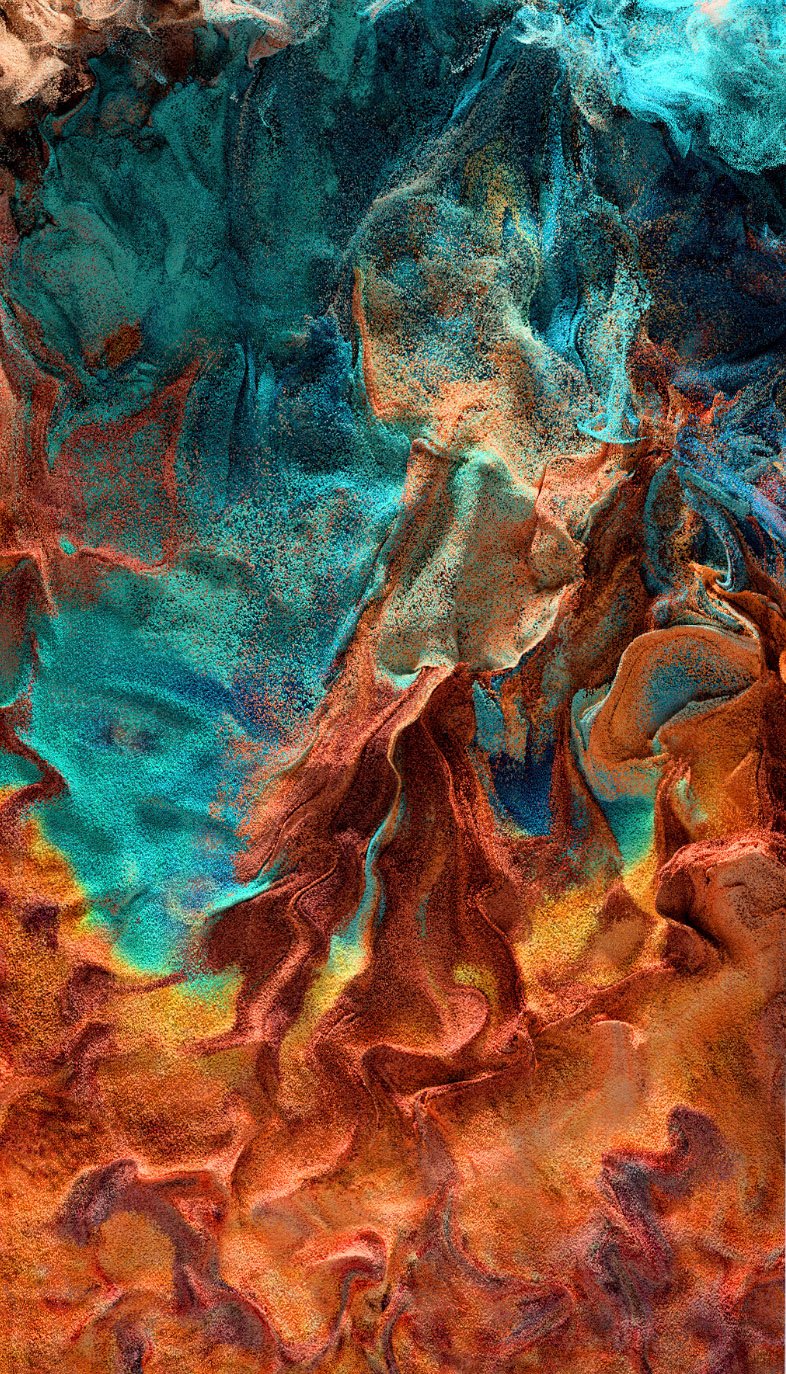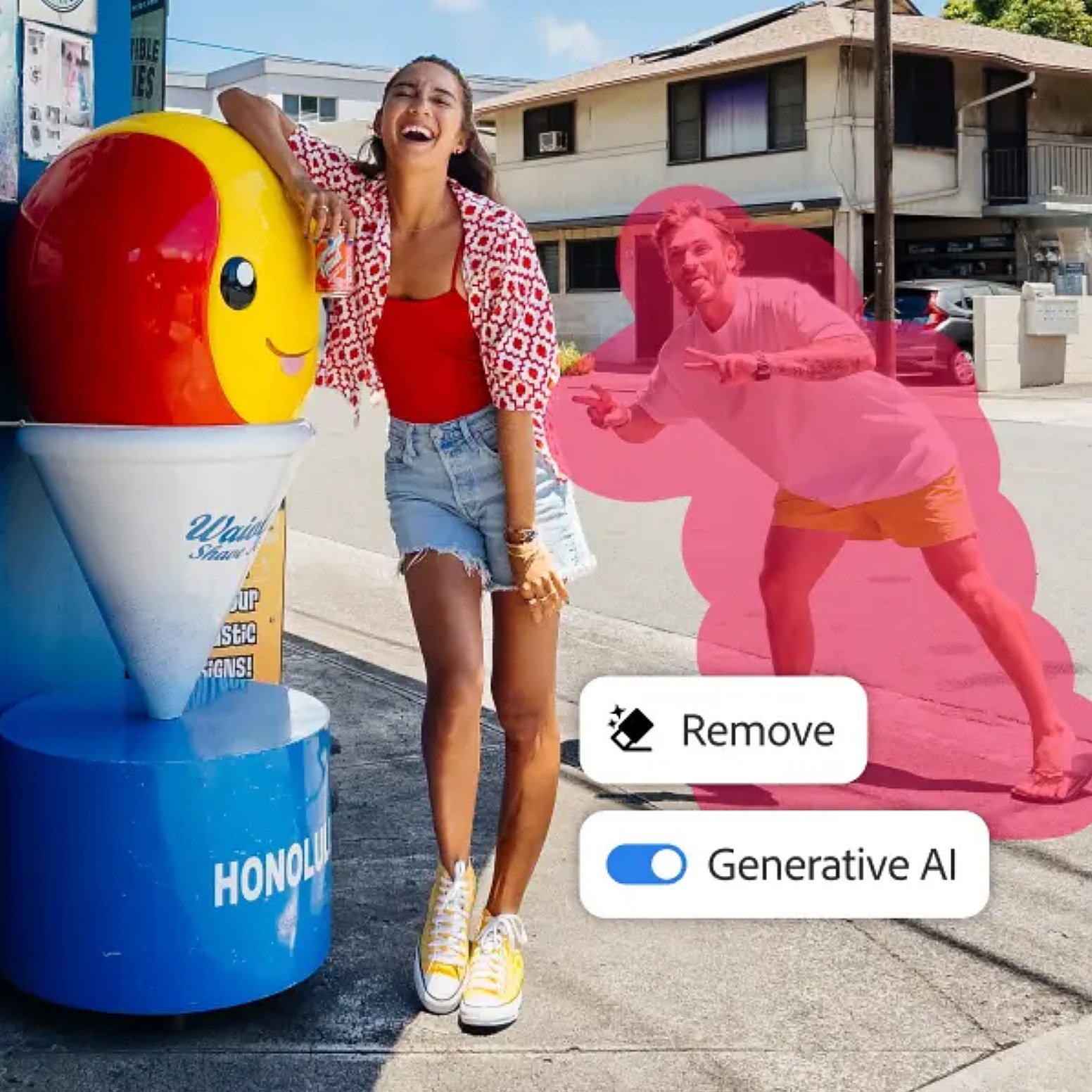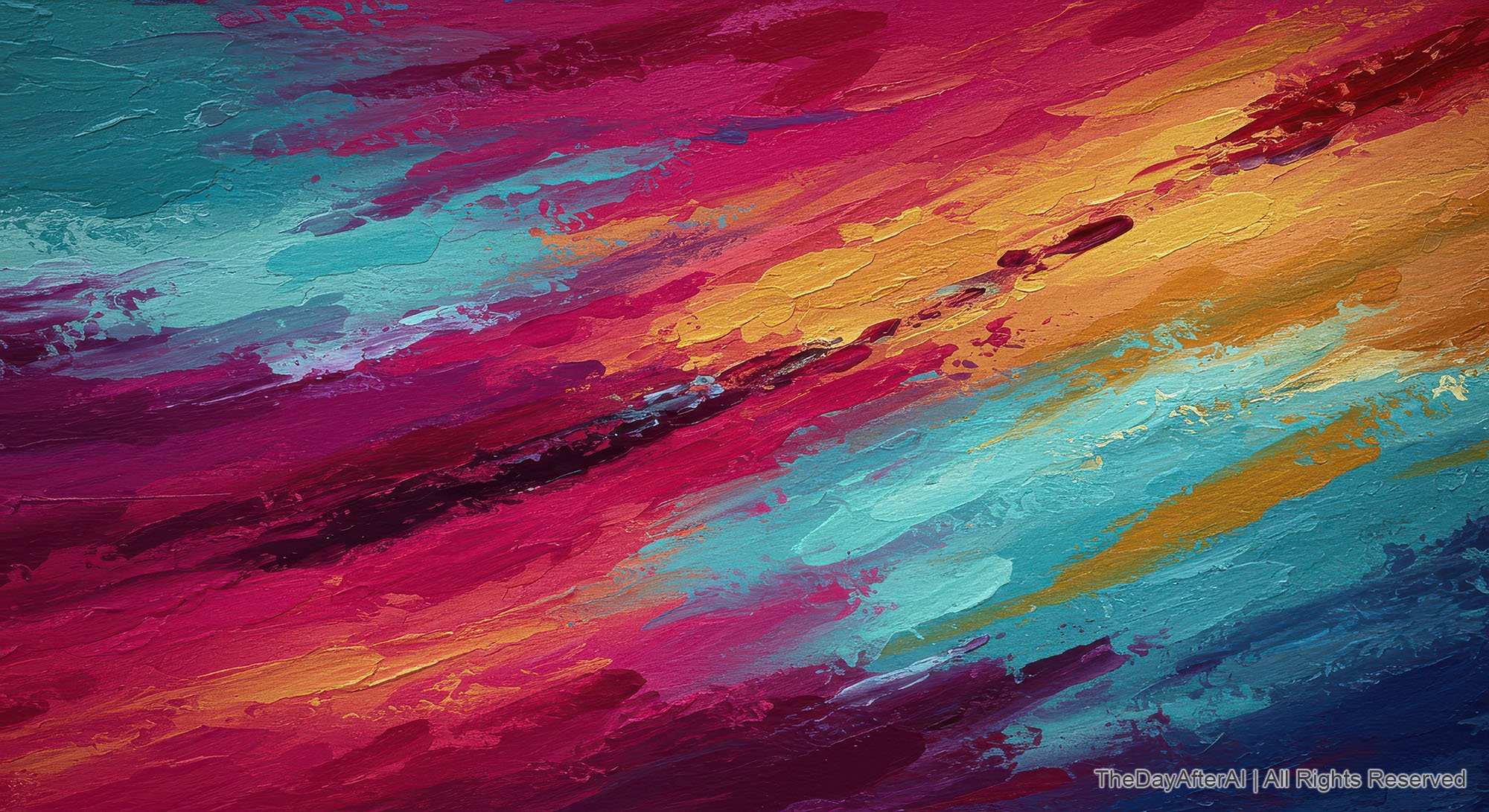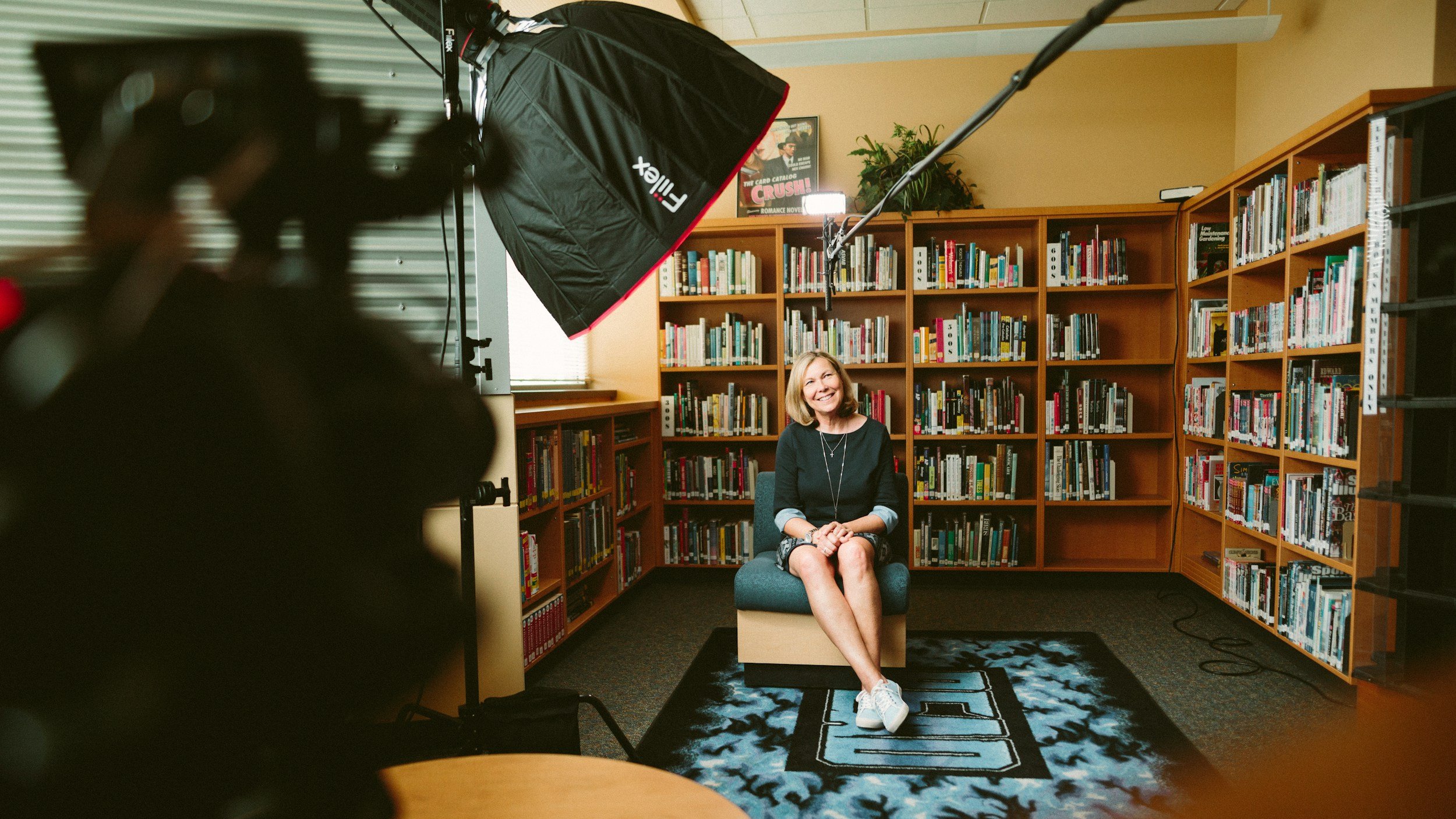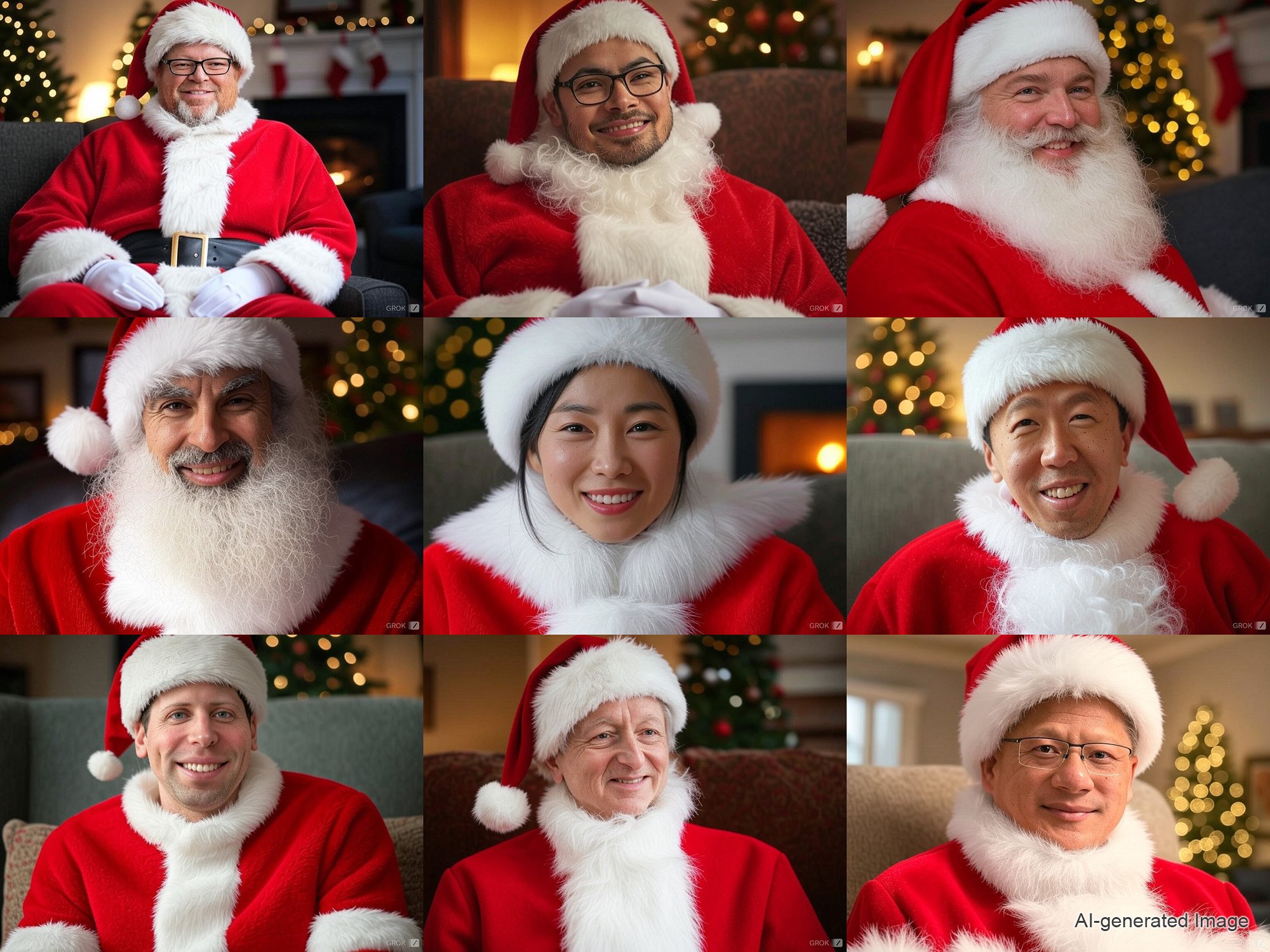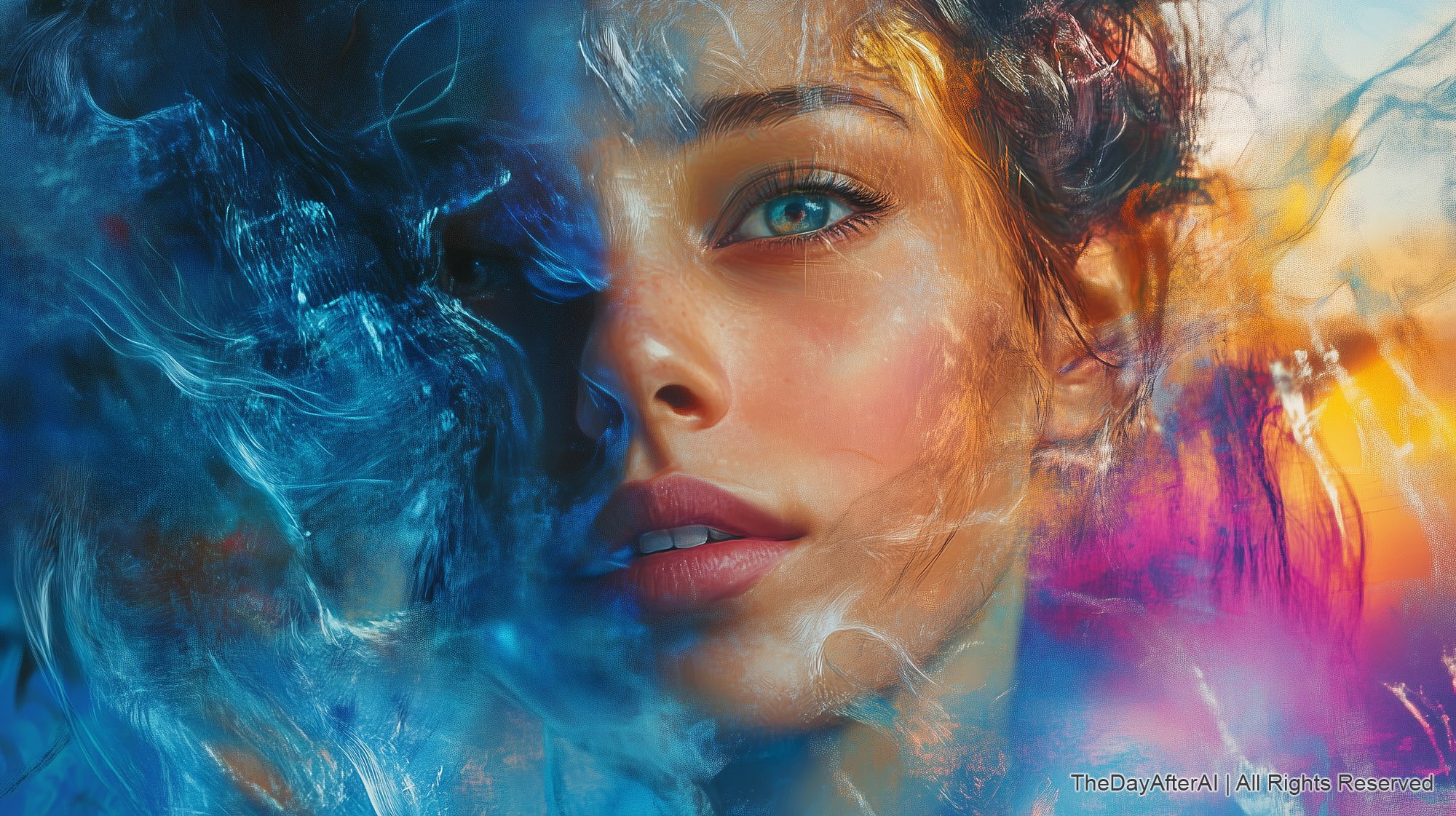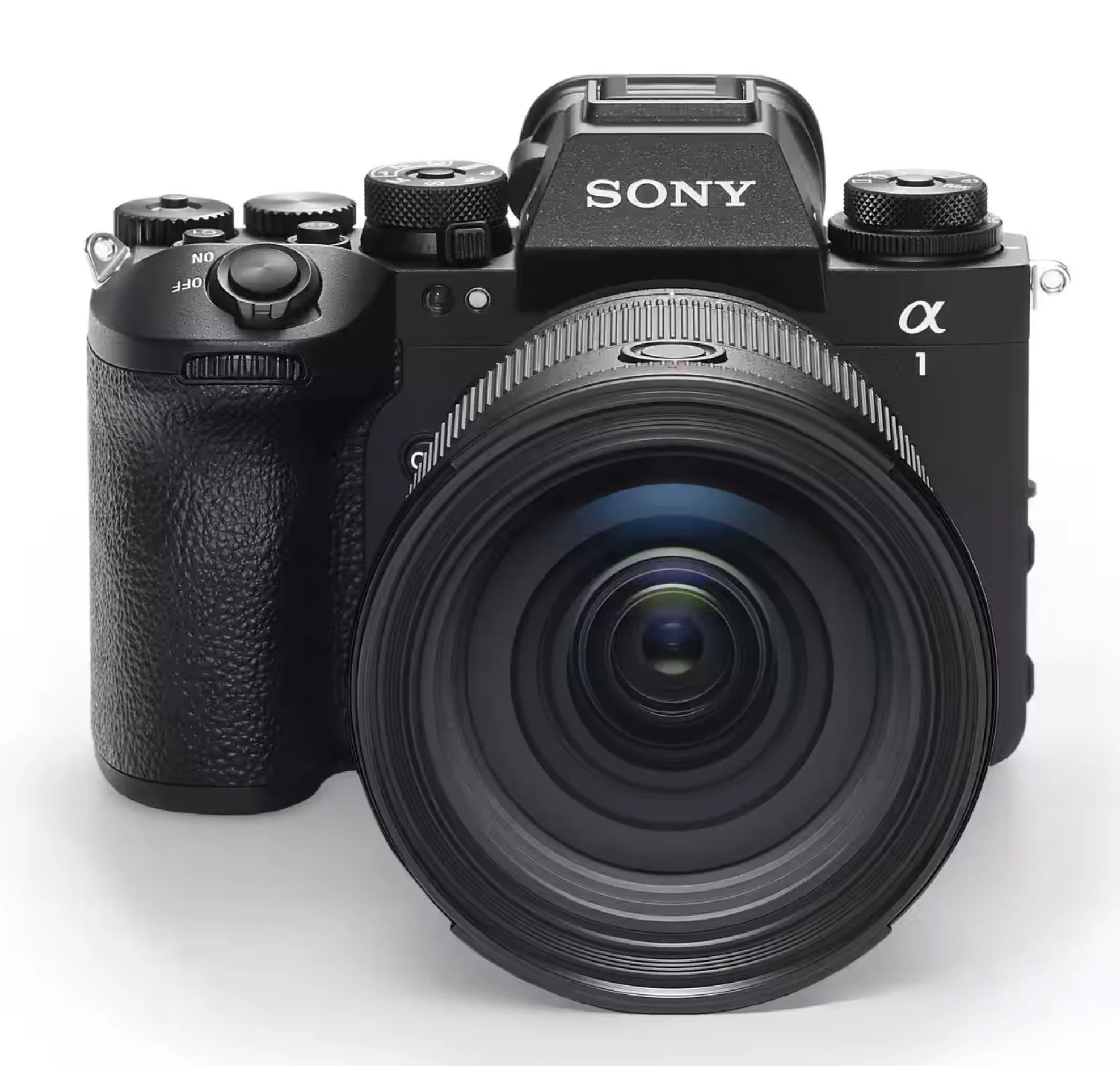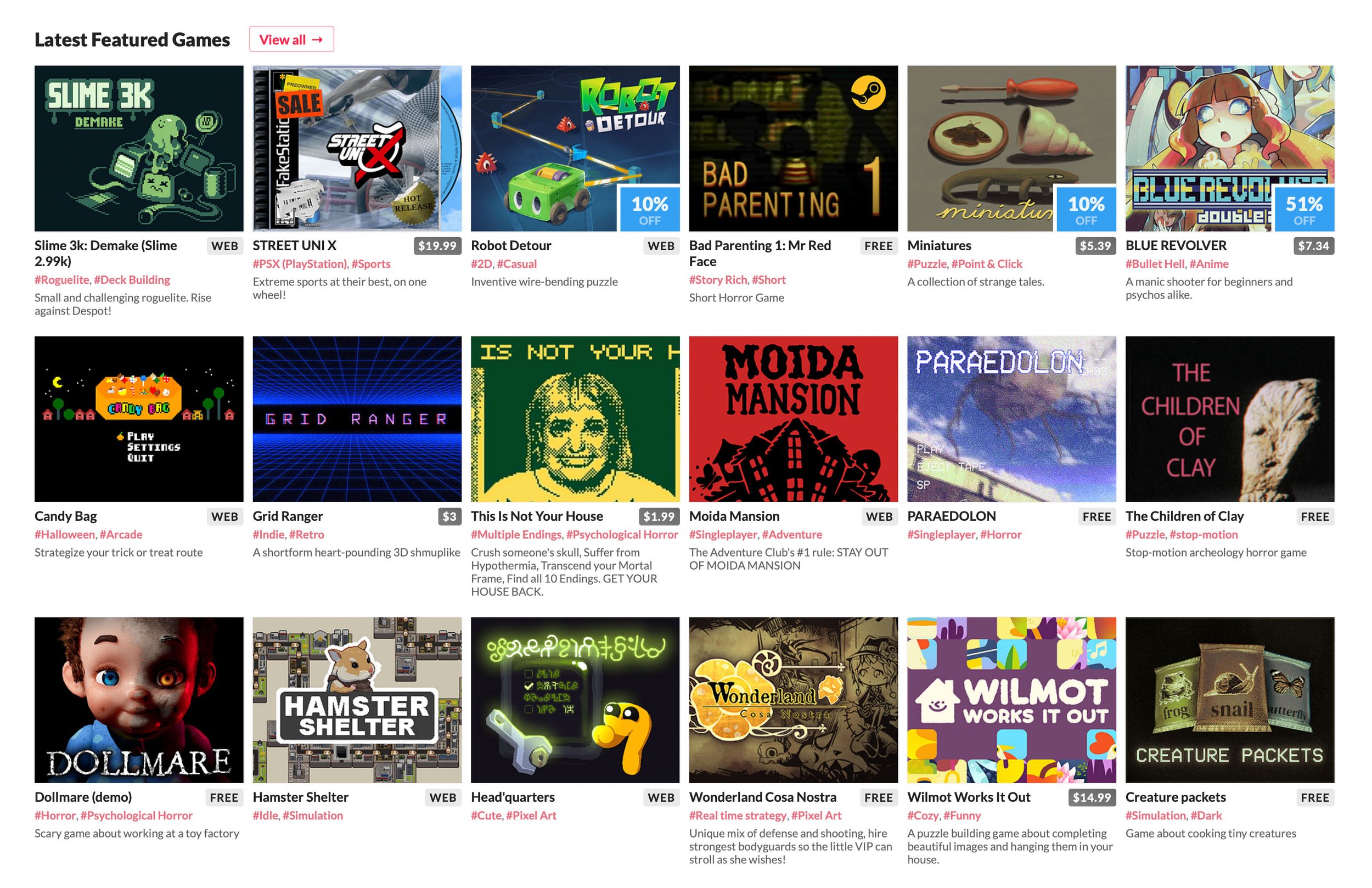Belgian Photographer Faces Backlash Over AI-Generated Russia Series
AI-generated Image
Source: Carl De Keyzer
When geopolitical tensions hindered his physical journey to Russia, renowned Belgian photographer Carl De Keyzer pivoted to a virtual exploration using generative artificial intelligence. His latest project, "Putin’s Dream", blends his extensive photographic archive with advanced AI technology, sparking a heated debate within the photography community and beyond.
[Read More: Exploring the Best AI Tools for Photorealistic Images]
AI-generated Image
Source: Carl De Keyzer
From Reality to Virtual Reality: De Keyzer’s Artistic Evolution
Carl De Keyzer, celebrated for his documentary photography, has a long history of capturing Russia during pivotal moments. In the late 1980s, he visited the USSR twelve times within a year, documenting the nation during its tumultuous decline. His return in the 2000s saw him photographing Siberia’s prison camps. However, in November, De Keyzer took a new approach by leveraging AI to create "Putin’s Dream", a series devoid of human subjects and temporal anchors, instead presenting a computer-generated vision of Russia.
[Read More: Unveiling AIGC: The Future of AI-Generated Content at Your Fingertips]
AI-generated Image
Source: Carl De Keyzer
Creation and Intent: The Making of "Putin’s Dream"
To craft "Putin’s Dream", De Keyzer input his own photographs from previous projects into AI software, meticulously adjusting parameters to align with his distinctive visual style. He describes the series as a commentary on the devastation of the Ukraine war, driven by the aspirations of a single individual. De Keyzer aimed to maintain his signature composition and thematic elements, incorporating irony, humour, and surrealism to enhance the narrative.
[Read More: Adobe Integrates AI Tools into Stock Image Library, Ensuring Creator Compensation]
AI-generated Image
Source: Carl De Keyzer
Public Reaction: A Mixed Response to AI Imagery
Despite De Keyzer’s transparency about using AI, his Instagram posts featuring "Putin’s Dream" were met with swift criticism. Within two hours, approximately 600 negative comments accused him of producing fake images and contributing to misinformation. The backlash was so intense that De Keyzer deleted the posts, fearing damage to his reputation and that of Magnum Photos, the esteemed photographic collective he has belonged to since 1994. However, not all feedback was negative, with some praising the innovative approach and the exploration of AI’s creative potential.
[Read More: Unlocking the Magic of Dall-E 3: A Guide to Creating AI Art]
AI-generated Image
Source: Carl De Keyzer
Magnum Photos’ Stance on AI-Generated Work
Following the controversy, Magnum Photos issued a statement affirming their respect for photographers' creative freedoms while clarifying that their archives will continue to feature exclusively human-taken photographs reflecting real events. This position underscores the ongoing tension within the photography industry regarding the integration of AI technologies.
[Read More: Apophenia, Interruptions: AI Meets Art at Centre Pompidou & KADIST Exhibition]
AI-generated Image
Source: Carl De Keyzer
Broader Implications: AI’s Impact on Photography and Trust
De Keyzer’s experience is part of a larger conversation about the role of AI in visual arts. Other Magnum members, such as Michael Christopher Brown and Jonas Bendiksen, have also experimented with AI, producing works that challenge traditional notions of authenticity and truth in photography. These endeavours raise concerns about the "liar’s dividend", a term coined by Alex Mahadevan to describe the erosion of trust caused by the proliferation of AI-generated images that blur the line between reality and fabrication.
AI-generated Image
Source: Carl De Keyzer
Ethical Considerations: Navigating the AI Landscape
The rise of generative AI in image creation brings forth numerous ethical dilemmas. Savannah Dodd of the Photography Ethics Centre highlights issues such as bias in AI image generators, copyright infringements from data scraping, and the potential reinforcement of stereotypes. Additionally, the lack of transparency in AI-generated content complicates the public’s ability to discern genuine from artificial imagery, further exacerbating misinformation risks.
[Read More: The First AI Artworks Sold at $432,500!]
Regulatory and Industry Responses: Striking a Balance
In response to growing concerns, a parliamentary inquiry in Australia criticized generative AI companies for "unprecedented theft" of creative works, emphasizing the negative impact on local creative industries. These developments signal a call for more stringent regulations and ethical guidelines to govern the use of AI in creative fields, ensuring that technological advancements do not undermine artistic integrity or public trust.
[Read More: Australia’s Senate Urges AI Regulations to Protect Creators and Intellectual Property]
The Future of AI in Photography
Despite the backlash, Carl De Keyzer remains optimistic about the future of AI in photography. He views AI as a valuable tool that can expand creative possibilities without the logistical and financial constraints of traditional travel. De Keyzer advocates for increased public education on AI to mitigate its potential misuse, emphasizing that AI should complement rather than replace human creativity.
[Read More: Botto AI Artist Earns US$351,600 at Sotheby’s: A New Milestone for AI in Art]
Source: ABC News













